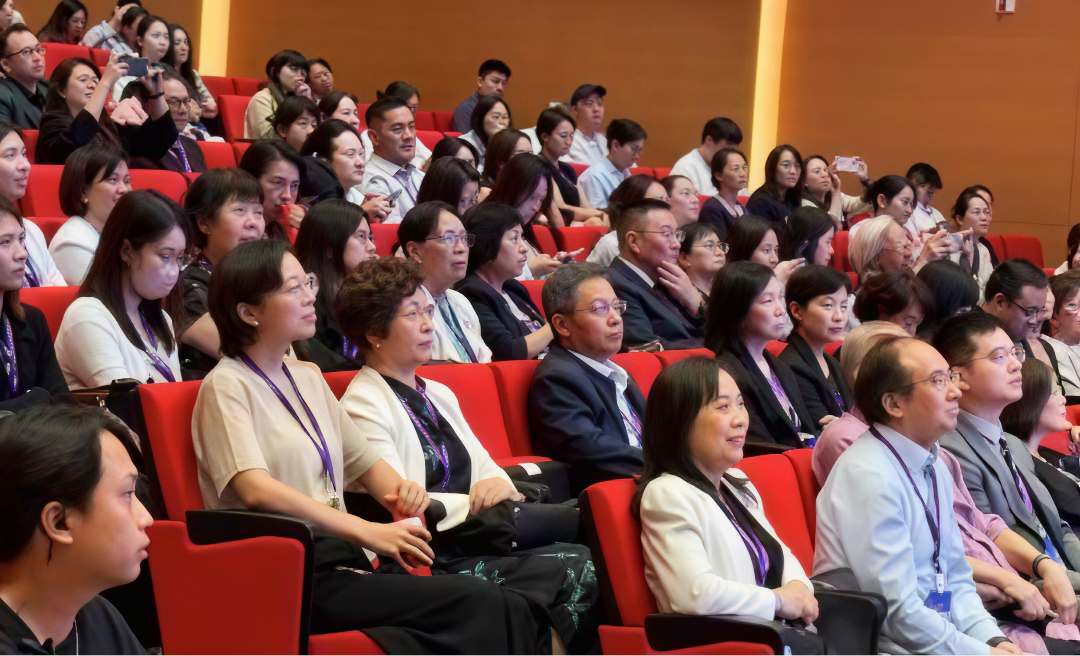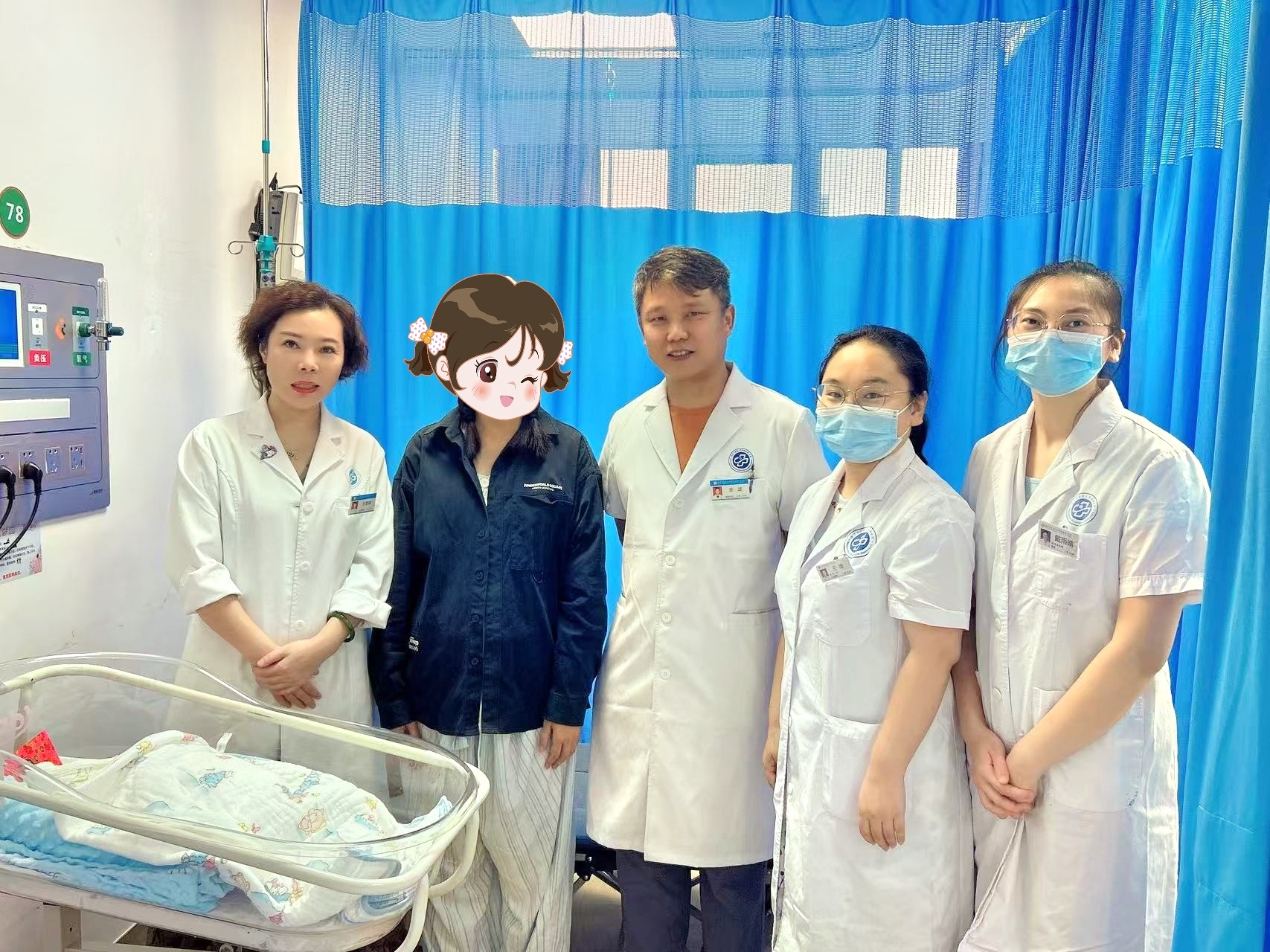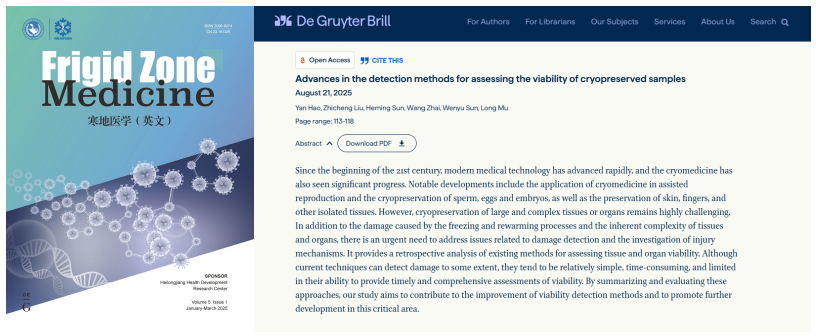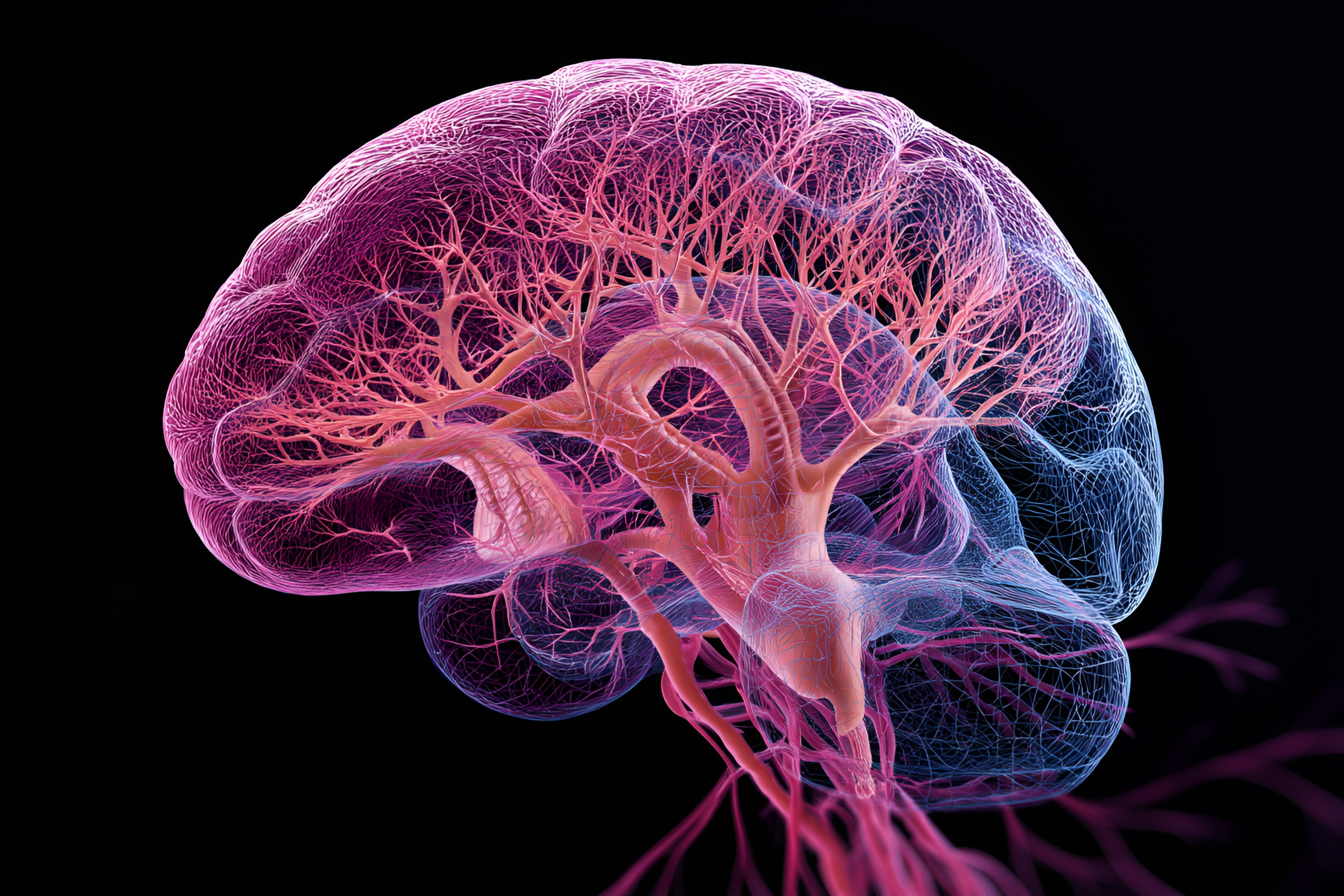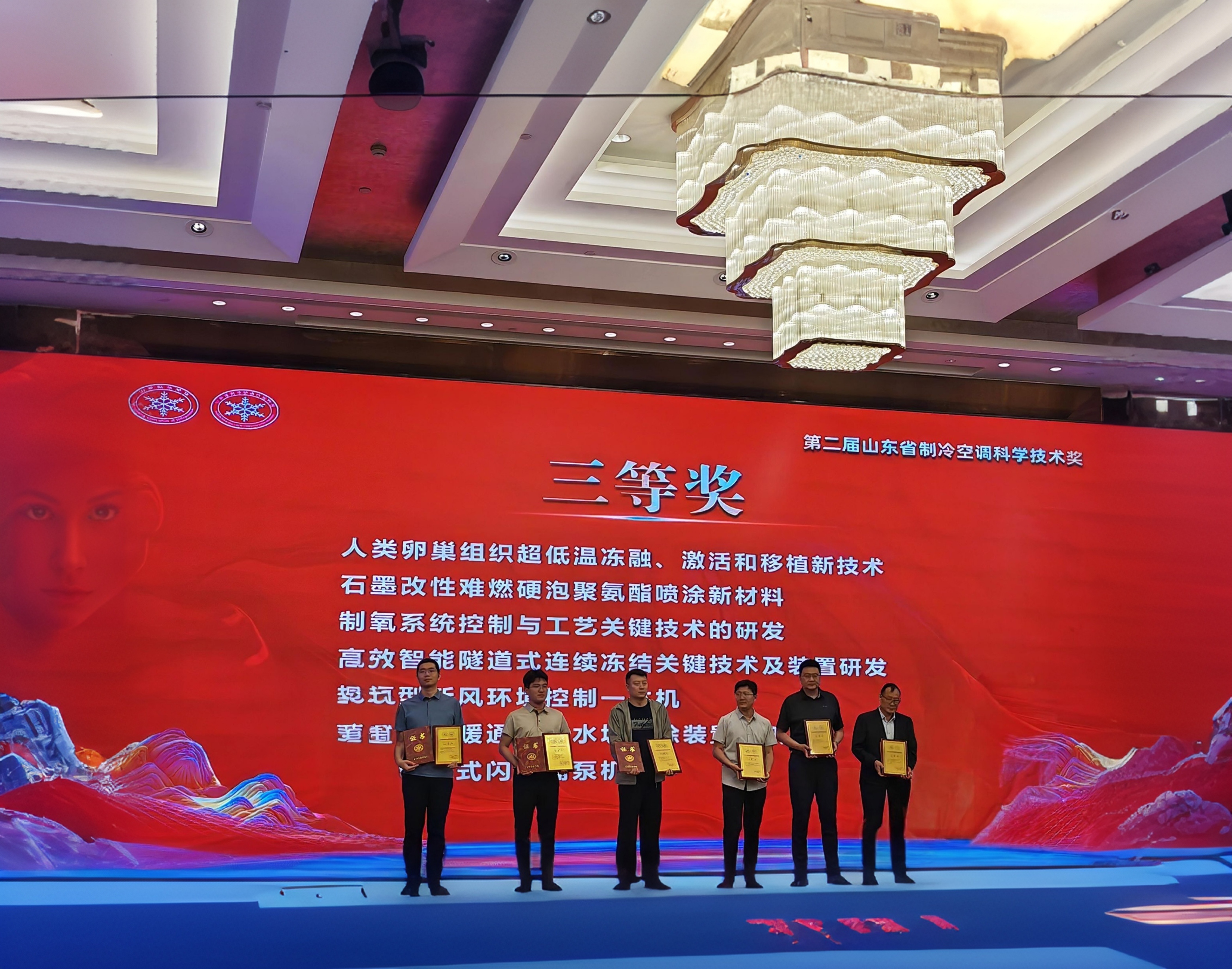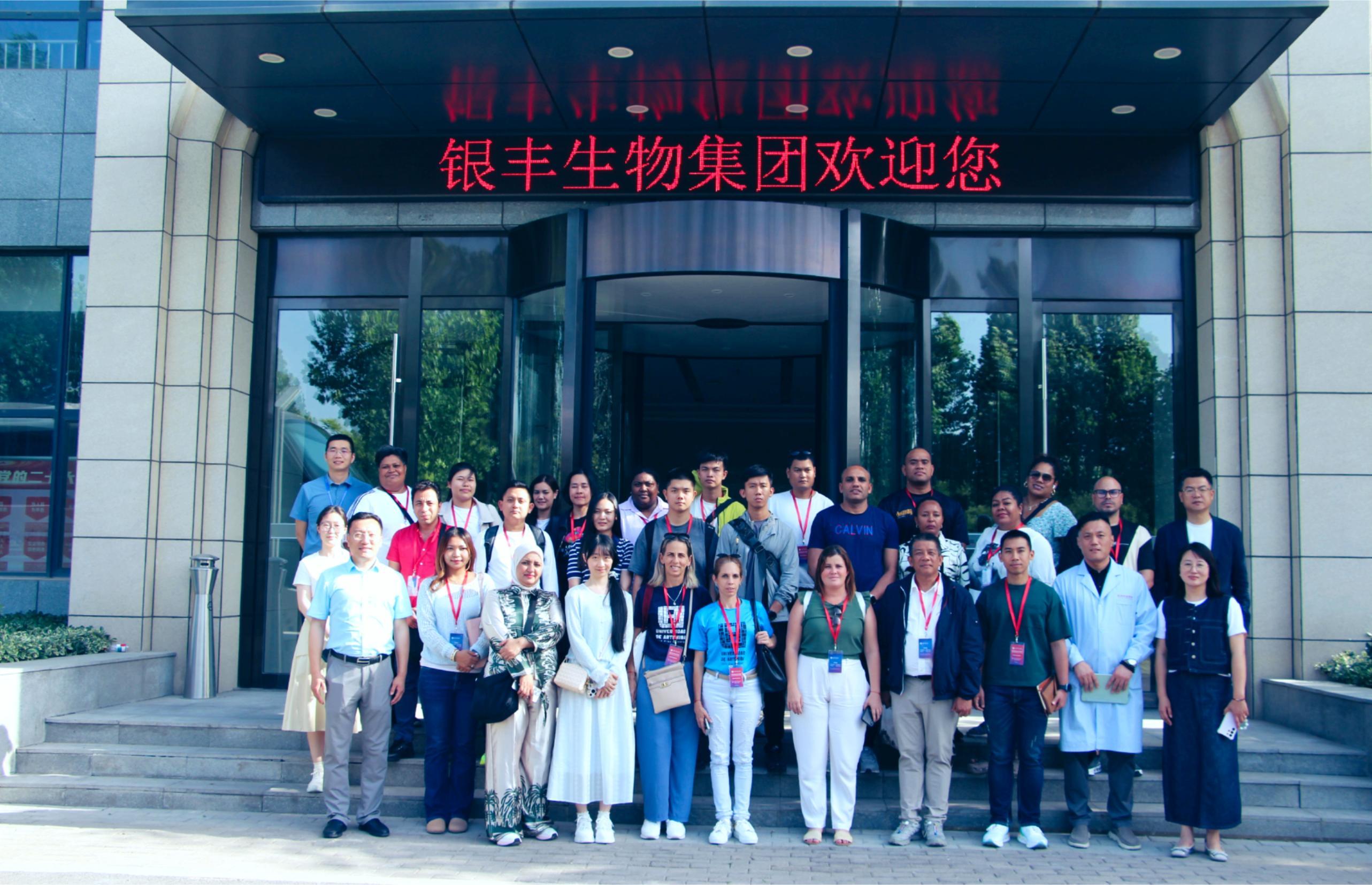Exploring the Mysteries of the Human Brain Adds a New Model: Chinese Scientists Successfully Create Spinal Trigeminal
Release time:
2024-10-21
Nucleus Organoids Neuroscience, a brilliant gem in the life sciences, is leading us to delve into the mysteries of the human brain, paving new paths for treating brain diseases and advancing artificial intelligence. In the past, scientists mainly relied on model animals and two-dimensional cell cultures to unveil the secrets of the brain. However, the advent of brain organoids is like a beacon illuminating the journey of exploration.
According to the latest report by China News Service, Xiang Yangfei's research team from the School of Life Science and Technology at ShanghaiTech University has announced a groundbreaking success in constructing human brain organoids specific to the spinal trigeminal nucleus (SpV) and building an in vitro model of inter-brain connection associated with it. This innovation is not only the first of its kind in China but also provides a new perspective and tool for global brain science research.
The SpV, a "giant" cranial nerve nucleus located in the medulla, plays a critical role in receiving sensory information from the craniofacial region and transmitting it to the thalamus. Despite its close connection to normal physiological functions and multiple pathological mechanisms in the human body, there has been a lack of human-derived research models targeting the SpV until now. Xiang Yangfei's team successfully simulated the characteristics and functions of the SpV by finely regulating the three-dimensional neural differentiation of human pluripotent stem cells in vitro.
During the long-term cultivation process, researchers were pleasantly surprised to find that SpV neurons spontaneously formed axonal bundle structures in the organoids, suggesting their potential projection abilities. This discovery undoubtedly provides valuable model resources for studying the development of human brain nuclei, neural targeting projection, and related pathological mechanisms.
Brain organoids, the "mini-brains," have demonstrated their unique value in various fields such as brain development, hereditary brain diseases, neurodegenerative diseases, brain evolution, regenerative medicine, brain tumors, and pathogen infections. Although they cannot completely replace the real human brain, significant strides have been made in recreating the intricate structure and developmental process of brain tissues in vivo.
Xiang Yangfei emphasized that every technological advance is a brave exploration of the unknown. The SpV-specific human brain organoids they constructed represent another solid step toward uncovering the mysteries of the human brain. With the continuous development and improvement of technology, it is believed that we can gain a deeper understanding of the human brain, contributing more wisdom and strength to human health and well-being in the future.
Previous article
Latest developments
Over the two days, the symposium was not only a collision of ideas but also seeds sown to advance social progress in life culture. The Shandong Yinfeng Life Science Public Welfare Foundation will continue to use technology as wings and culture as roots, collaborating with all sectors of society to enhance the quality of life for the Chinese people and build a human-centered life care system.
According to recent announcements by the Jinan Municipal Bureau of Science and Technology, 11 outstanding achievements from Jinan have been included in the 2025 "Shandong Outstanding Achievements Report" project. Among them is the globally first-of-its-kind ovarian tissue dual-activation technology developed by Shandong Silver Med Life Science Research Institute (Jinan).
Recently, Frigid Zone Medicine, an authoritative international journal in the field of cryomedicine, published an important review titled "Advances in the Detection Methods for Assessing the Viability of Cryopreserved Samples". Written by the team of Yinfeng Cryomedical Research Center, the article systematically reviews and analyzes various detection techniques currently used to evaluate the viability of cryopreserved cells, tissues, and organs. It also proposes key directions from the perspectives of methodological integration and future instrument development, offering crucial theoretical support and practical guidance for the long - term cryopreservation of complex tissues and organs.
Recently, the "Novel Technology for Ultra-Low Temperature Cryopreservation, Activation, and Transplantation of Human Ovarian Tissue," developed through a collaborative effort between Shandong Yinfeng Life Science Research Institute and Beijing University of Chinese Medicine Shenzhen Hospital, has been awarded the 2025 Shandong Refrigeration and Air Conditioning Science and Technology Award. This groundbreaking technology pioneers a new pathway for female fertility preservation, marking a significant leap in China’s interdisciplinary advancements in reproductive medicine and cryobiology.
On May 19, a delegation from the Chinese Training Workshop for Government Officials of Developing Countries visited the exhibition hall of Yinfeng Biological Group's Cryomedicine Research Center. Government officials from multiple countries gained in-depth insights into Yinfeng’s innovative achievements in cryobiomedicine, cell storage, genetic technology, and other fields. They engaged in discussions with the delegation on technology transfer and international cooperation, contributing to the building of a global community with a shared future for humanity.



